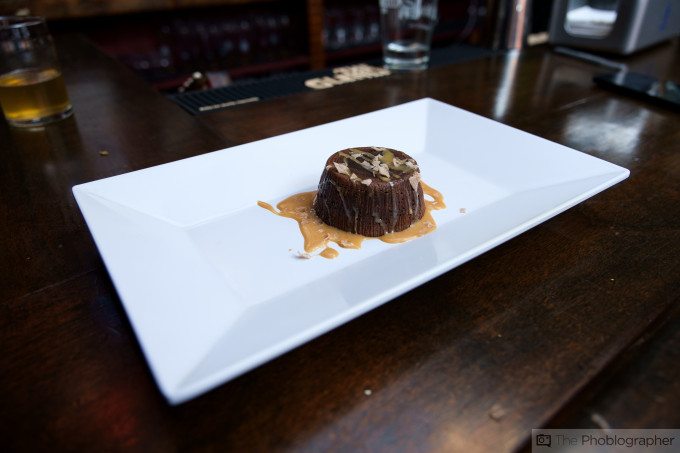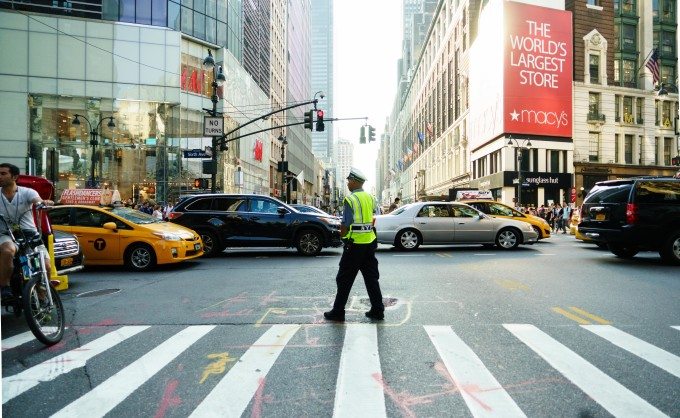It’s extremely common for most photographers these days to simply just hold down a shutter button and hope that they get the right shot. But in the end, that just gives you loads and loads of extra images that you don’t necessarily need and you’ll end up with less keepers than you’d like. Fixing that problem means that you need to think about (in the brief window of time) the end result. And for that, you need to think about what you possibly see in a scene and how you can quickly capture it to ensure that you deliver a result that your mind’s eye saw.
Sounds really, really tough to do, right? It’s not that bad if you make the job easier for yourself by doing things like shooting in aperture priority where you have a bit of control over the image or you have an autofocus point already pre-selected for the scene. Automation of some of the settings lets you get to that end game image that you have in your head and greatly improves your chances of actually getting it.
Think that’s laziness? Well would you rather get the shot or worry too much about the process when all someone else is going to care about is what you captured?
The ways in which you can get these end-game photographs vary in difficulty. Landscape photos take a lot of patience and dedication to get just the right moment at just the right time. Some of the best photos from street, wedding, event and other photojournalistic endeavors are all about emotions conveyed from people and that can trigger a feeling in someone else looking at the image. If you’re not capturing emotions from other people, you’re trying to capture something that actually makes someone feel something–and this requires you to use other techniques like varying angles and getting details.
Above all else though, the ability to have foresight and always be ready at the shutter is one of the best skills that you as a photographer can have. This means that you basically need to be consistently paying attention to a scene and predicting when something will happen. Nowhere is this more important than in sports, news and concert photography. Being able to quickly frame up a scene of a quarterback getting a winning touchdown or watching a band mate interact with the band’s fans at a concert will partially be able to help you get the photo you’re looking for.
This is why it’s important to think in terms of images and the end game result. In this way, I think that it’s important for a photographer to invoke something like the scientific method when shooting. The scientific method dictates that you have a problem that needs to be solved (which essentially gives you a goal), a hypothesis that gives you a guess on how you’ll get the image, the experiment and trails to get the image, analysis and the conclusions/results. To apply this more to photography, it gives you an idea of what you actually want to get instead of being aimless. And these goals and ideas are what helps you stay on track to getting the better photos.



